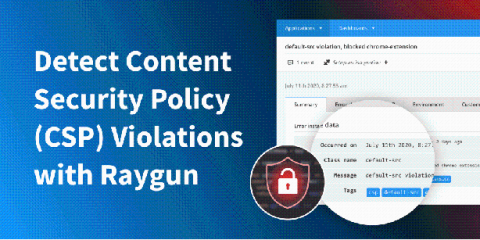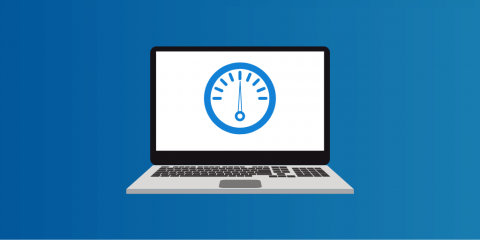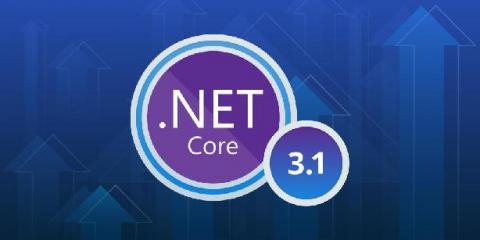Operations | Monitoring | ITSM | DevOps | Cloud
Latest News
Extending and Integrating the Monitoring System with Automation and Scripting
One of the hidden gems within eG Enterprise is the ability to perform remote actions and automated tasks using built-in functionality. In conversations with customers and community peers, I often get asked why we at eG Innovations don’t offer functionality in regard to adding custom scripts and a community database of shared scripts.
7 Ways APM Helps IT Chart a Clear Course for Running Apps in the Cloud
Want to ensure a smooth migration to the cloud? Read on to learn about what you need to do before and after to chart a clear course for success.
Kubernetes observability tutorial: Monitoring application performance with Elastic APM
This post is the third in our Kubernetes observability tutorial series, where we explore how you can monitor all aspects of your applications running in Kubernetes, including: We’ll discuss using Elastic Observability to perform application performance monitoring (APM) with the Elastic APM.
Monitoring Citrix Real Time User Experience: See What Performance Your Users Are Getting
User experience is the biggest and most important factor in determining the success of Citrix rollout in an organization. When end-users are happy with their virtualized applications and desktops, then everything is hunky dory and Citrix admins can focus on operations and maintenance.
Understand Complex Environments Without Being an Expert Using AppOptics for APM
Real User Monitoring vs. APM: What's the difference?
As modern development practices evolve at rapid rates we must stay focused on what makes for a great experience; fast, flawless software. In the pursuit of building fast, performant software, you’ve likely come across performance monitoring products like Real User Monitoring (RUM) and Application Performance Monitoring (APM). In this article, we go deeper into how using RUM and APM can help you and your team build better software experiences.
Application Slowness Troubleshooting:Prove it is not the Network!
This article was originally published on NetworkDataPedia. The one complaint that an IT administrator dreads to receive is one where an end user says, “My application is slow!”. The application in question can be a web application, an enterprise application like SAP, Microsoft SharePoint, or a SaaS application like Salesforce or Office 365.
Elastic introduces OpenTelemetry integration
We are pleased to announce the availability of the Elastic OpenTelemetry integration — available on Elastic Cloud, or when you download Elastic APM. This integration continues our to openness by embracing open standards support for the evolving OpenTelemetry standard for observability









